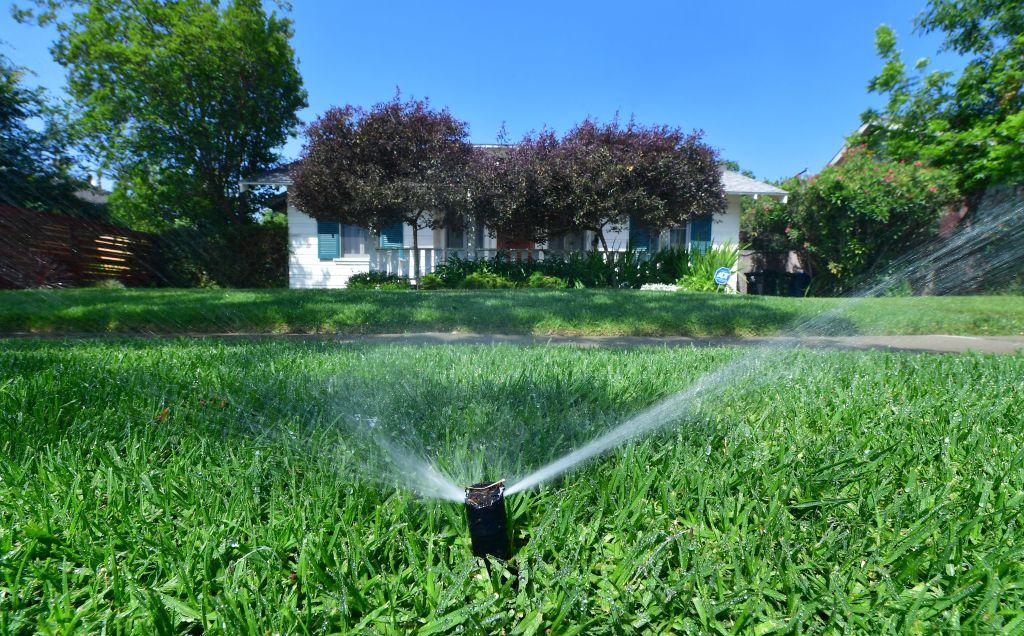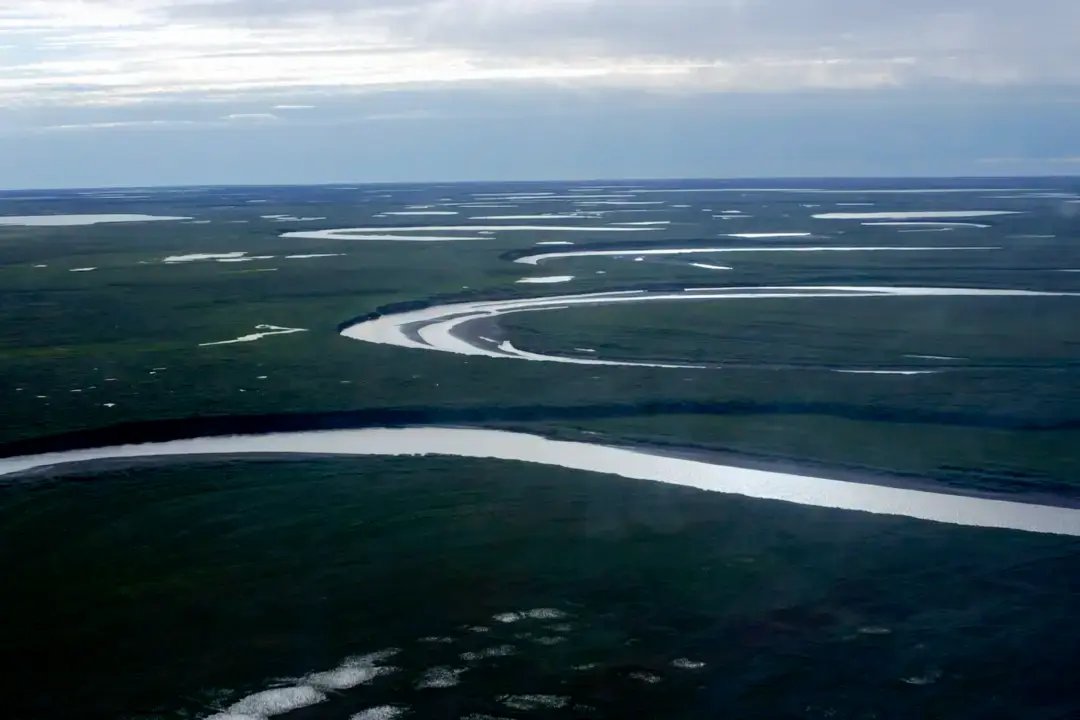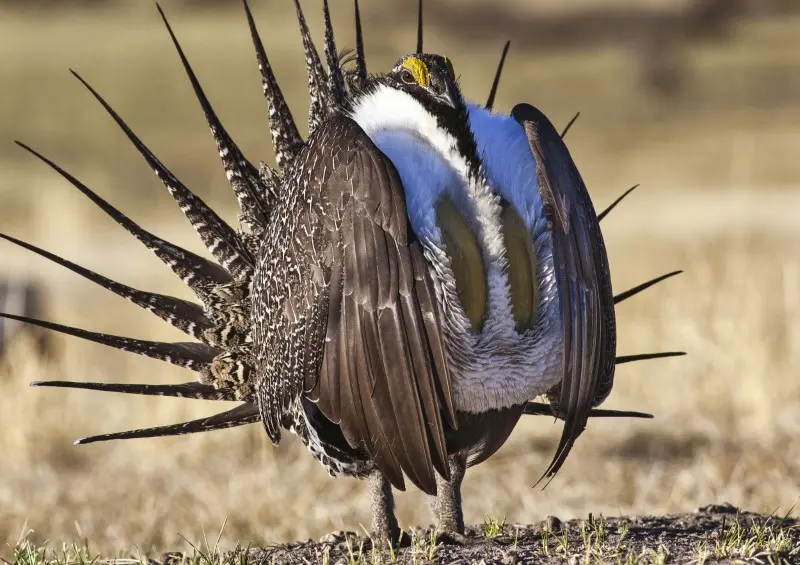The drought is not yet over, but this year’s wet and snowy storms have delivered enough water for California to ease residential restrictions, Gov. Gavin Newsom announced March 24.
Newsom signed an executive order Friday to stop asking residents to cut water use by 15 percent, a measure he first called for two years ago. Californians fell short of that, cutting back about 7.6 percent overall last June compared to the same month in 2020.





